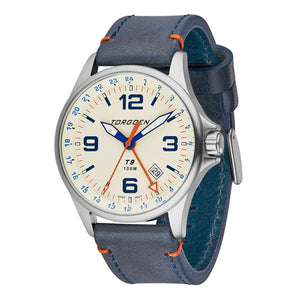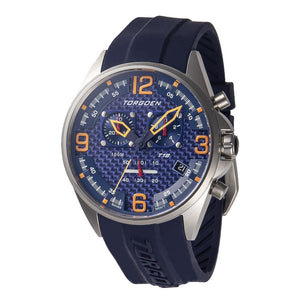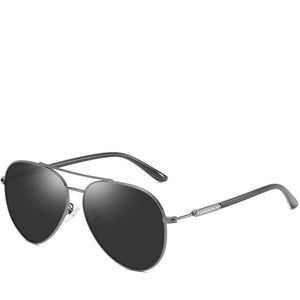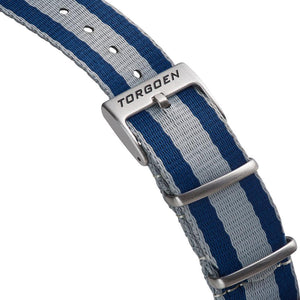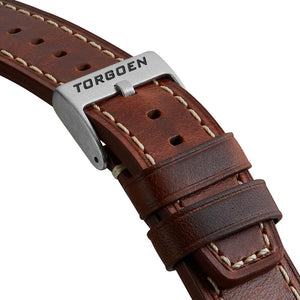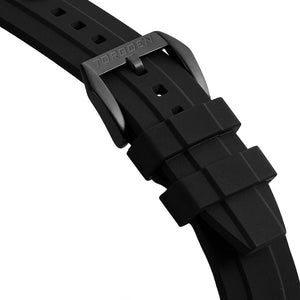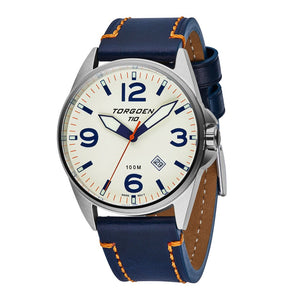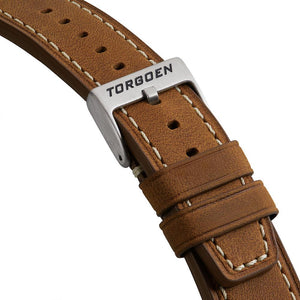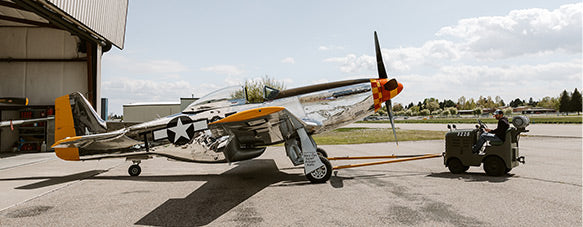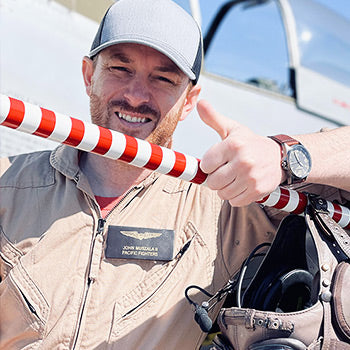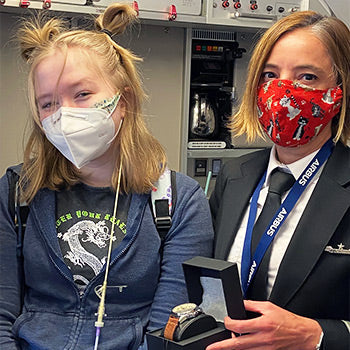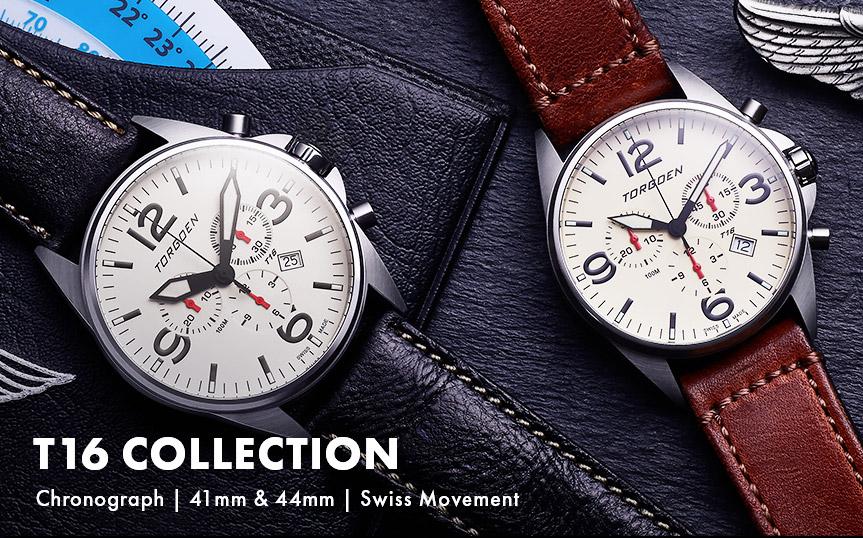Like many other inventions in history, the marine chronometer was also born from a disaster. On October 22, 1707, not far from the southwestern tip of Great Britain, a fleet of the Royal Navy got caught in the midst of a storm. Because of the sailors’ lack of ability to determine their longitude, they were unaware that they were going off course. Rushed by the rapid currents, by the time they could have corrected their mistake, the fleet had clashed with the rocks at the shores of the Isles of Scilly. Four ships were shattered, claiming the lives of more than 1,400 men, including the Royal Navy’s admiral.

An 18th-century engraving of the disaster
In order for anyone to be able to determine his exact location on Earth, one has to know both his latitude (the horizontal line that, on the maps, surrounds the earth) and his longitude (the vertical line).

Men have mastered the ability to determine latitude pretty early in recorded history. Written records of celestial navigation go back almost 3,000 years to Homer’s Odyssey, where Calypso tells Odysseus what he has to look for in the night’s sky to find his way home.
Figuring out your latitude is relatively easy. All you have to do is measure the angle between the northern star or the noon’s sun (or the Crux, in the southern hemisphere) and the horizon. The result can be converted to your latitude.

A photograph of the night’s sky taken with a long shutter speed of several hours.
Throughout history, many devices were used to perform these measurements. From ancient-era simple cross staffs to renaissance age sophisticated sextants.

Either way, figuring out the latitude wasn’t the problem. It’s establishing longitude that remained an unsolved enigma that cost more and more lives, as long voyages became increasingly popular throughout the exploration age.
After the disaster near Scilly, the Royal Parliament offered a reward to whomever solves this problem. The prize: A sum equivalent today to more than 4 million dollars.
Many men set themselves to task. One of which was Tobias Mayer, a well-known astronomer who suggested sailors can figure out their latitude by comparing the moon’s location to other celestial bodies and then perform a variety of calculations, while consulting with a mass collection of manuscripts.
Although Mayer was credited with a partial success, performing such precise observations on the motions of the sea is not easy, nor is it practical to ask sailors to run such extremely meticulous calculations. Mayer’s method did become quite popular for a while, but a more applicable solution was still in need.
In the meanwhile, John Harrsion was working on a solution of his own. But unlike Mayer, Harrison, a master clock builder, lead a different strategy. Harrison set himself to design a “Sea clock” which can maintain its accuracy even when motioned by the waves.
Such a clock can tell you the time at your starting point (or at any given, set-in-advance location). By comparing the time there to that in your location (i.e. at high-noon when the sun is highest), a navigator can perform these very simple calculations to determine his longitude.
Harrison first attempt to create the “sea-clock” was named H1:
But even this elaborated machine didn’t come through. Harrison didn’t quit and a few years later came H2:
And then H3…
But all of these masterpieces still suffered from “sea sickness” and lost their accuracy in the ocean.
Until in 1763, 30 years after he set himself to the task, a technological breakthrough was finally achieved. Using humidity-resilient springs, a fast moving, movement-enduring oscillator and diamonds as pallets, Harrison not only crafted a clock that functioned perfectly in sea, but he had managed to compress it into a case of just 5 inch in diameter.

Harrsion won the parliament prize for his invention and it remained in usage until electronics clocks were introduced in the 20th century. H1, H2, H3, & H4 are still accessible to the public in Greenwich museum.
After the fanstastic development, Great Britain set England’s Royal Greenwich Observatory as longitude 0°, which we know today as GMT (Greenwich Mean Time). GMT was to be used as constant for comparing time differences between locations to calculate longitude. On November 1, 1884, Delegates from 25 countries met in Washington and accepted the GMT as a universal standard. They also established the concept of dividing the world into time zones and having an hour difference between adjacent “strips”. Resolutions which for the first time in history, synchronized the world.
Inspired by John Harrison’s work, Torgoen T25 is a unique timepiece which incorporates two independent time zones. One of which is represented by an additional hand that makes one revolution every 24 hours (rather than the normal 12), and therefore has a display in 24-hour GMT format. Of course the function allows a choice of any time zone of your convenience and is perfect for people that need to contact acquaintances, colleagues or family members in different time zones, or for pilots who can easily conclude what hour it is anywhere, given the GMT. With a high grade solid stainless steel case, a classic, easy-to-read dial and Italian leather stitched strap with stainless steel buckle, this classic timepiece will serve you well and for a long time.


